Big changes are coming to the Air Force’s base defenders.
The service’s ability to gain air superiority over a peer adversary could soon hinge on a career field that — like the rest of the U.S. military — has become accustomed to primarily combating violent extremism.
But if a conflict with Russia or China breaks out, the Air Force will not be able to rely solely on the other services' ground combat units to protect its assets. Instead, security forces airmen will have to pick up the slack in safeguarding forward-deployed squadrons, and if necessary, repelling major assaults from outside the wire.
To prepare them for such a responsibility, Air Force leadership is pushing new resources, training guidelines and physical assessments out to its defenders.
“As a land-based air component, you got to fight from the base,” Air Force Chief of Staff Gen. Dave Goldfein told Air Force Times. “We have to fight and secure a base before we can get the bombers to where they need to go.”
It’s a lesson Goldfein internalized from his time as the air component commander at U.S. Central Command. One day, he pulled his staff into his office to remind them that while the day-to-day battles might seem far from major air hubs like Bagram Air Base, Afghanistan, or Al Udeid Air Base, Qatar, the threat to airfield defenses was still very real.
“We’re at war against a determined enemy and we may lose airplanes. We may lose airmen. It’s tragic, but it happens,” Goldfein told his commanders. “But here’s what we’re not going to do: We’re not going to have someone get inside our perimeters and wreak havoc on the inside of our base because we weren’t properly defending it.”
In an era of great-power competition, that threat is only magnified. Air Force squadrons may be operating more like the highly mobile flying circuses of World War I, than the stationary airfields of the Global War on Terror.
To accompany that change in operations, units need to be self-sufficient, self-sustaining and self-defending.
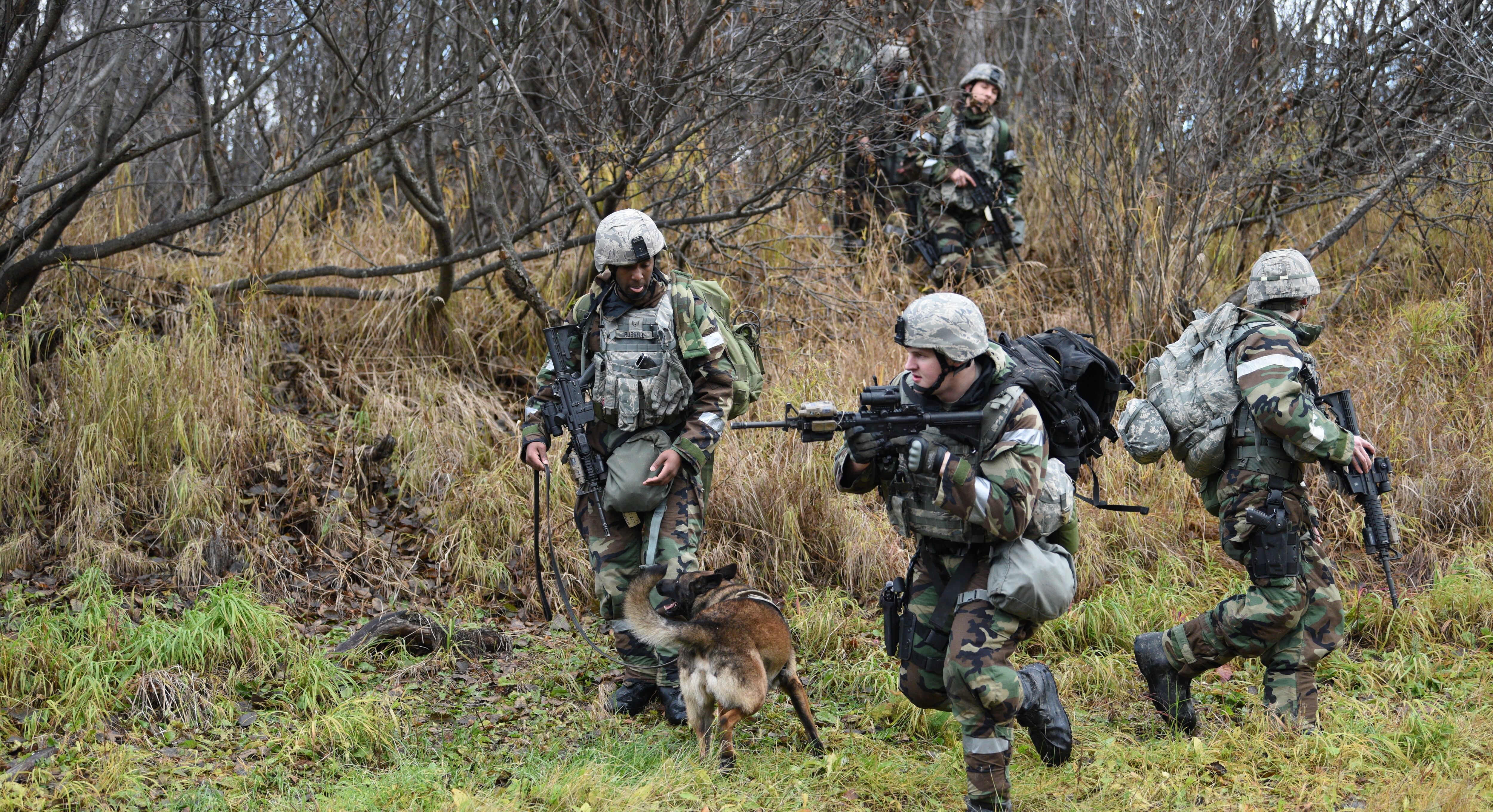
‘Year of the Defender’
Visitors to Bagram and Kandahar airfields in Afghanistan will notice that the operations centers there oversee a slew of layered defenses — everything from giant blimps with cameras, to security forces airmen on patrol to counter-rocket and mortar systems — which feed into a web of security that protects aircrew flying in and out.
“What we’ve done there is hardened the environment. In attacking the base, you have to get through a lot of layers before you even get to the fence line," Goldfein said. “I’m looking to establish a very similar environment everywhere."
“I’m expecting that if an airman wears a [defender’s] beret, they’re the best in the business,” Goldfein said.
The Air Force is beginning to put a lot of resources into security forces, including upgraded kit and weapons, more practical physical fitness standards and better training under stressful conditions.
"And so we’ve called this the ‘Year of the Defender,’ " Goldfein said.
RELATED
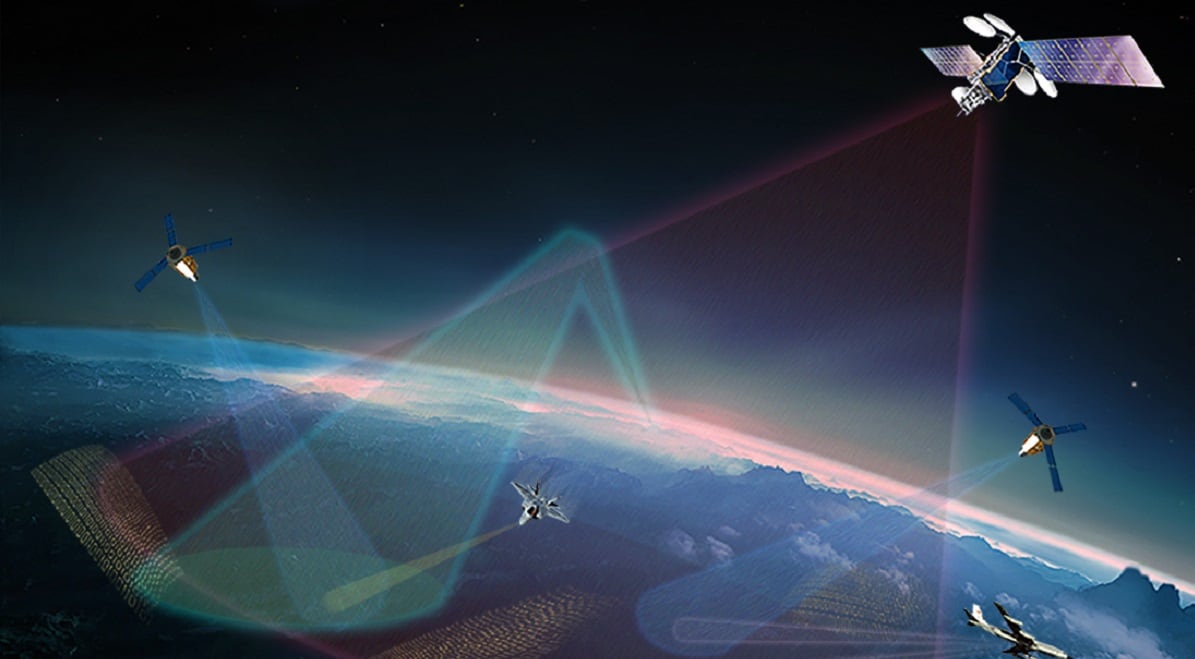
The Air Force fields roughly 25,000 active-duty security forces airmen, with another 13,000 in the Air National Guard and Reserve components. The total force is about 38,000 airmen — roughly 98 percent of whom are enlisted.
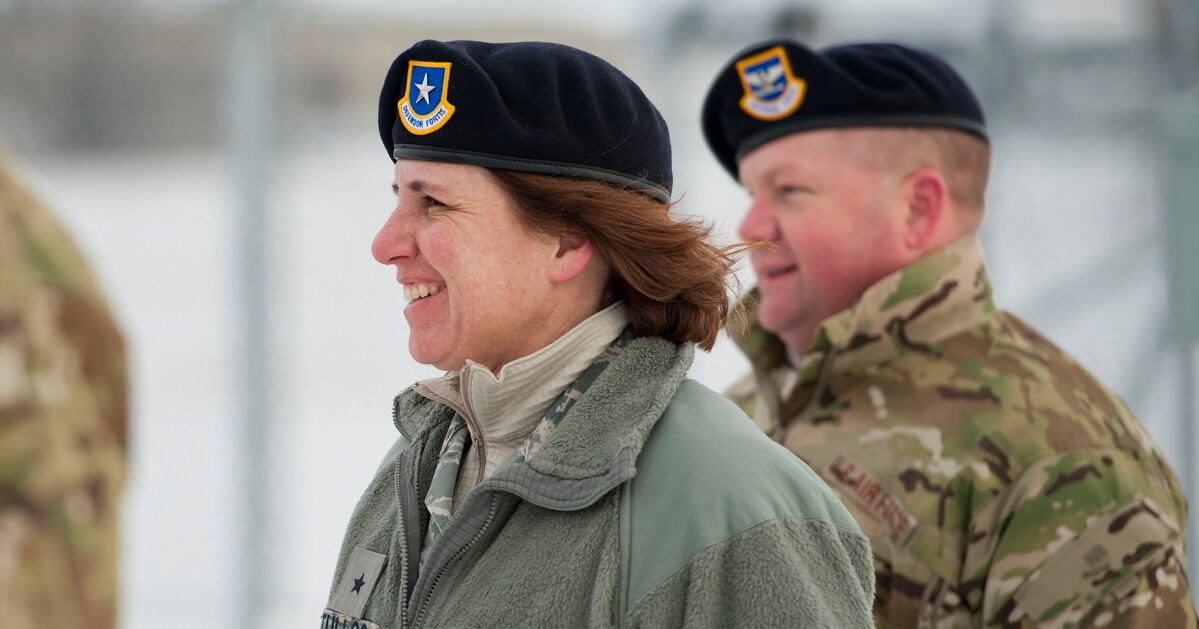
“We size up very similar to the Army’s lightest of the light infantry," said Brig. Gen. Andrea Tullos, the Air Force’s “top cop” and a career security forces officer.
“We have strong expeditionary roots,” she said. "We’re somewhat of a blend between a light infantry unit and a military police company, and we’re not as expensive as a lot of the Air Force’s weapon systems, so I like to say we bring a lot of bang for the buck.”
The service has been working their Year of the Defender initiatives since the 2018 National Defense Strategy came out Jan. 19, highlighting peer adversaries as the most pressing concern for the Pentagon, said Tullos.
“Now, we have to think about defending our bases in the homeland in the same manner that we defend our bases overseas,” she added. “That has been a significant driver for what we’ve done this year so far and what we will continue to do.”
One big initiative has been the modernization of security forces' weapons.
Increased lethality
Tullos explained that the Air Force is revamping the weapons load-out security forces airmen carry on patrol, largely mirroring changes the Army is undertaking for its soldiers.
“The Air Force has given us funds to accelerate those plans," Tullos said. "That includes our rifle, our handgun, our precision engagement rifle, the optical systems on rifles and grenade launchers.”
Security forces are acquiring the M-18 handgun, a compact version of Sig Sauer’s M-17, which chambers 9 mm ammunition.
The Defender airmen are also receiving upgraded M4A1 rifles with a different rail system, a floating barrel and better optics. That way they can transition from the M68 Close Combat Optic to the ACOG system.
That’s a rifle, handgun and optic the Army also uses, increasing the two services' compatibility.
The Air Force is also waiting on testing to finish on their new precision engagement rifle: the M110A1 Semi-Automatic Sniper System.
RELATED
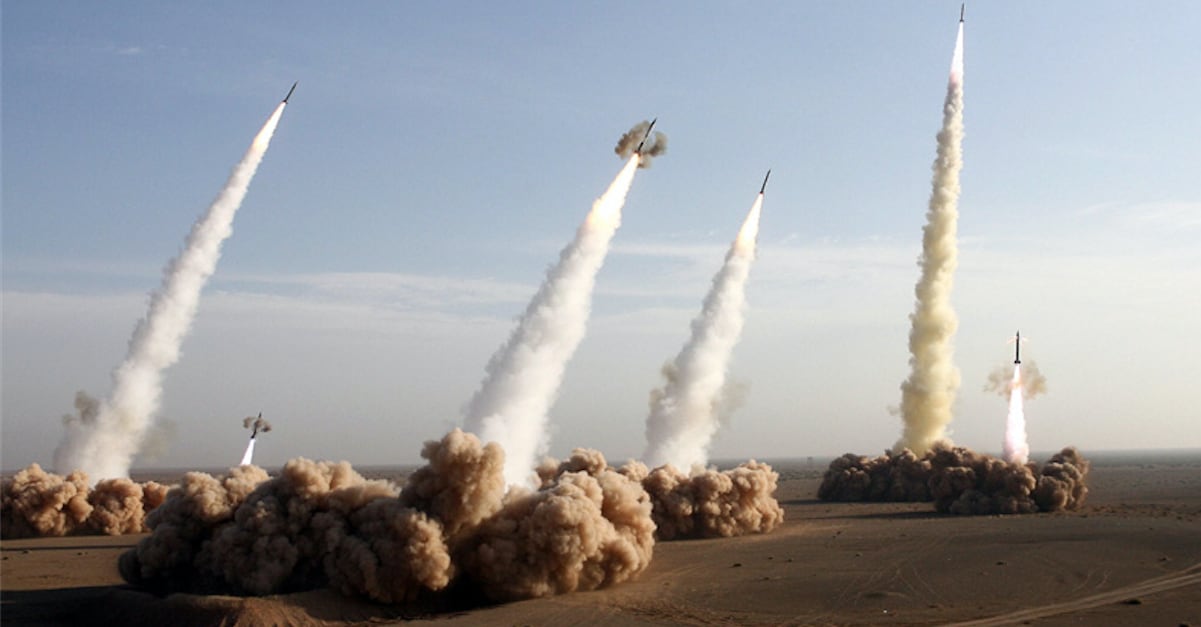
“We don’t have a significant inventory of those rifles, because we don’t have a sniper mission, but we do have a counter-sniper mission," Tullos said. "It’s largely in the nuclear enterprise as well as the mission sets you’ll see at bases like Andrews [AFB] outside Washington, D.C.”
The Air Force is also going to acquire the M320 grenade launcher to replace its M203 system. The M320 provides a stand-alone launcher, rather the M203, which is attached to a rifle.
Flipping the script
New weapons are nothing without better training, however.
“I always say to Goldfein that if I had one more dollar to spend, I’d spend it on training," Tullos said. "You can have the best equipment in the world, but if the airmen don’t know how to effectively utilize it, we could still not succeed.”
Security forces' greatest achievement to date, Tullos said, has been flipping their training model.
“What used to be called predeployment training has become what we call sustainment training,” she said.
Rather than only training up defenders prior to a deployment, the airmen are constantly rotated through training cycles while stateside. Not only does this increase the readiness of stateside units, but it helps give training options for airmen who are considered “deployed-in-place."
“We’re now sending every airman to training at a readiness training center, and ours is at Fort Bliss, Texas, where the training is tailored to the rank and skill-level," Tullos said. "Our NCOs and senior NCOs are getting appropriate troop-leading procedures and maneuver on a scale you would expect an NCO to be doing. Meanwhile, our airmen are doing fire-team level tasks and then they both come together during that training for dismounted and mounted operations so it all comes together.”
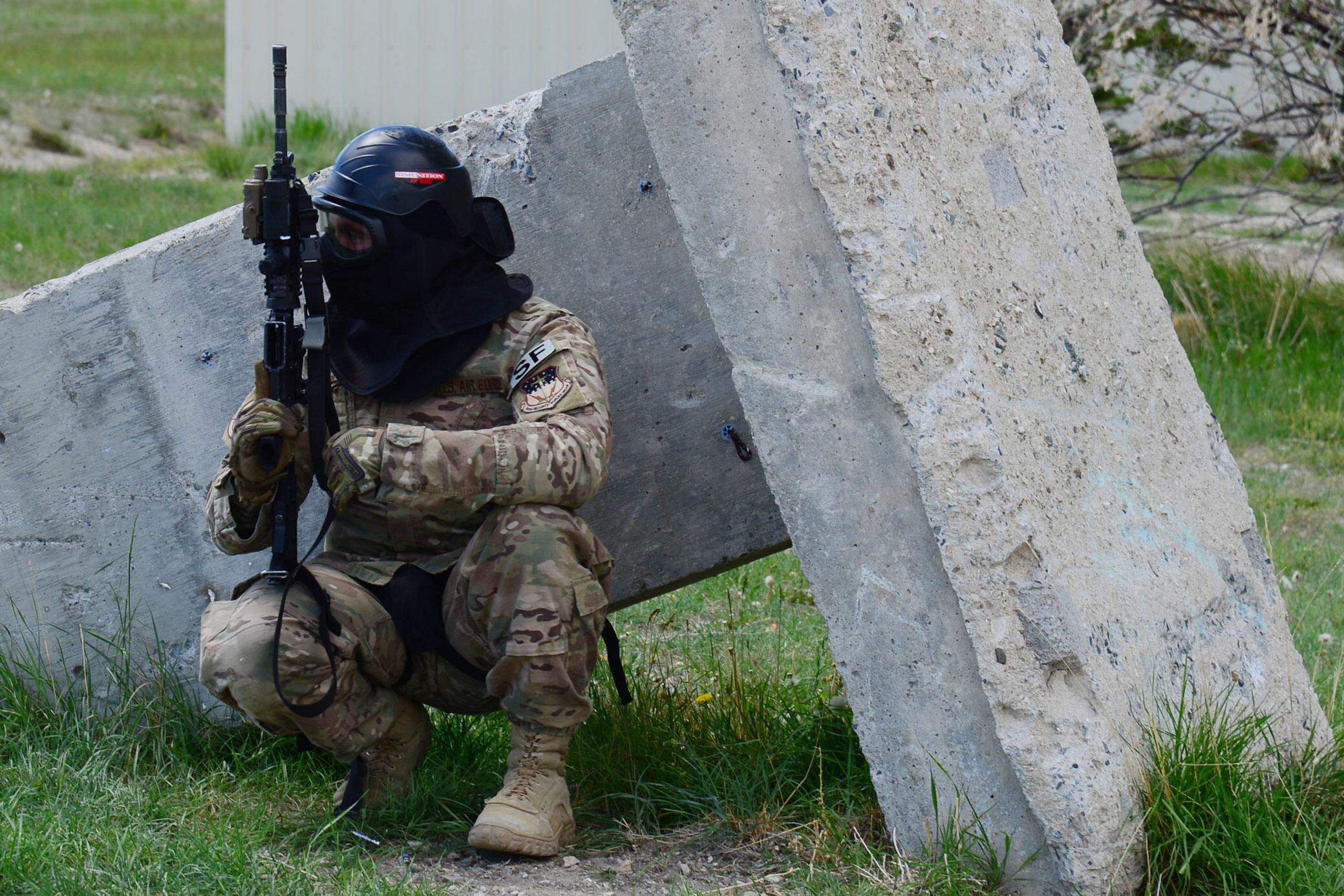
“And they’re getting that episodically in their careers, on a four-year timeline, but if you promote to a new rank and skill-level, we’re going to send you back to training," she added.
The Air Force is only six months into the new model, but so far, about 2,500 security forces airmen have been trained this year. The goal for next year is to get about 5,000 through the training pipeline.
At home on the range
The principle line of effort is training, and that starts with technical school.
There, future defenders are now handling their weapons six times more than before the changes were instituted, as well as receiving weapons simulations to learn fundamentals prior to range time.
“I’m not going to be happy until our defenders are checking out their weapons before a patrol and going to a range and firing them not once a year, not twice a year, but every day," Goldfein said, "because their weapons need to be sighted and effective, and our airmen need to be confident in their weapon to defend the base.”
The Air Force has also introduced “shoot, move, communicate” training at security forces squadrons, which involves die-cartridges and doesn’t have to be conducted on a firing range.
That enables all NCOs to easily schedule time to train their team, even when ranges aren’t available.
“We’re also looking at getting our airmen to full-distance ranges more frequently,” Tullos said.
Sometimes that will involve TDY trips, because the Army tends to have more full-distance ranges than the Air Force.
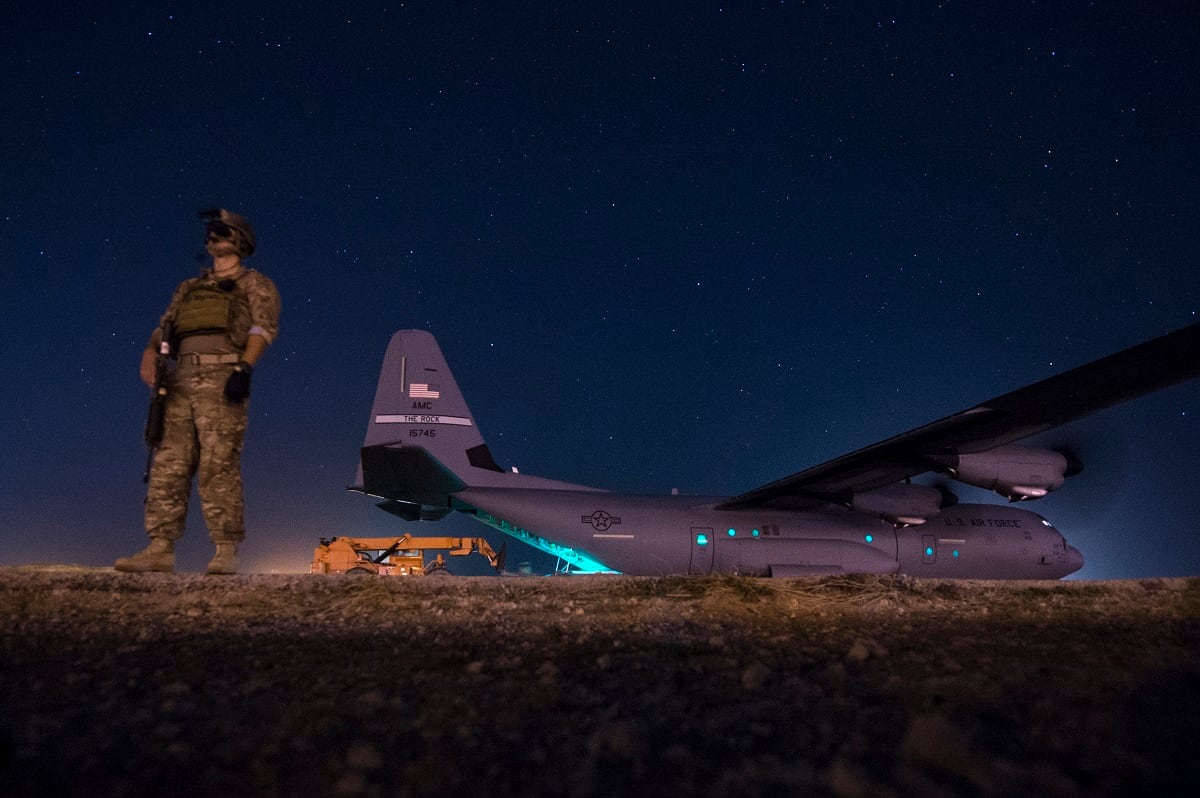
The Air Force has also resurrected the Defender Challenge, a competition of ground combat skills that was held in San Antonio in September for the first time in 15 years.
“It lets us validate our training, evaluate gaps and go back to change training," Tullos said.
One take-away from September: The marksmanship of each defender went down significantly when the airmen were placed under physical stress like carrying combat loads and receiving simulated contact from enemy forces for distances greater than 200 meters.
That’s related to their discomfort with the system at those distances, so security forces plans to adjust training to reflect that need.
Better, stronger, faster
The Air Force also plans to introduce a functional fitness assessment for security forces.
Tullos' department is working with the Air Force Personnel Center and some human performance experts to determine the optimal fitness levels and testing options to assess its airmen.
Security forces is still determining which exercises will be involved in their new functional fitness test. When they decide, it will take roughly a year of the squadrons implementing those movements to collect enough data to determine what the standards should be.
However, the test will involve things like carrying a load over distance, a dummy drag or dummy carry, moving with a standard combat load up stairs, or even dead lifts.
“Those are movements the performance experts are looking at to see what correlates best with what we do on the job," Tullos said. “Within a two-year timeframe, we expect that we’ll have that approved as our career field fitness test. So that will replace the Air Force fitness test.”
Tullos said it will look similar to what the Army is currently implementing with its new Combat Fitness Test.
Hardening the base
Finally, the Air Force is undergoing changes to ensure that bases are better defended, both at home and abroad.
Eventually, the service would like to evolve to a point where there is no difference between the force downrange, and the one in garrison, according to Goldfein.
“We would like to bring the communications systems we use when deployed into our units at home,” Tullos said. “We’re going to roll that out at Malmstrom [Air Force Base] and start testing that in April.”
That will be a full spectrum communications system.
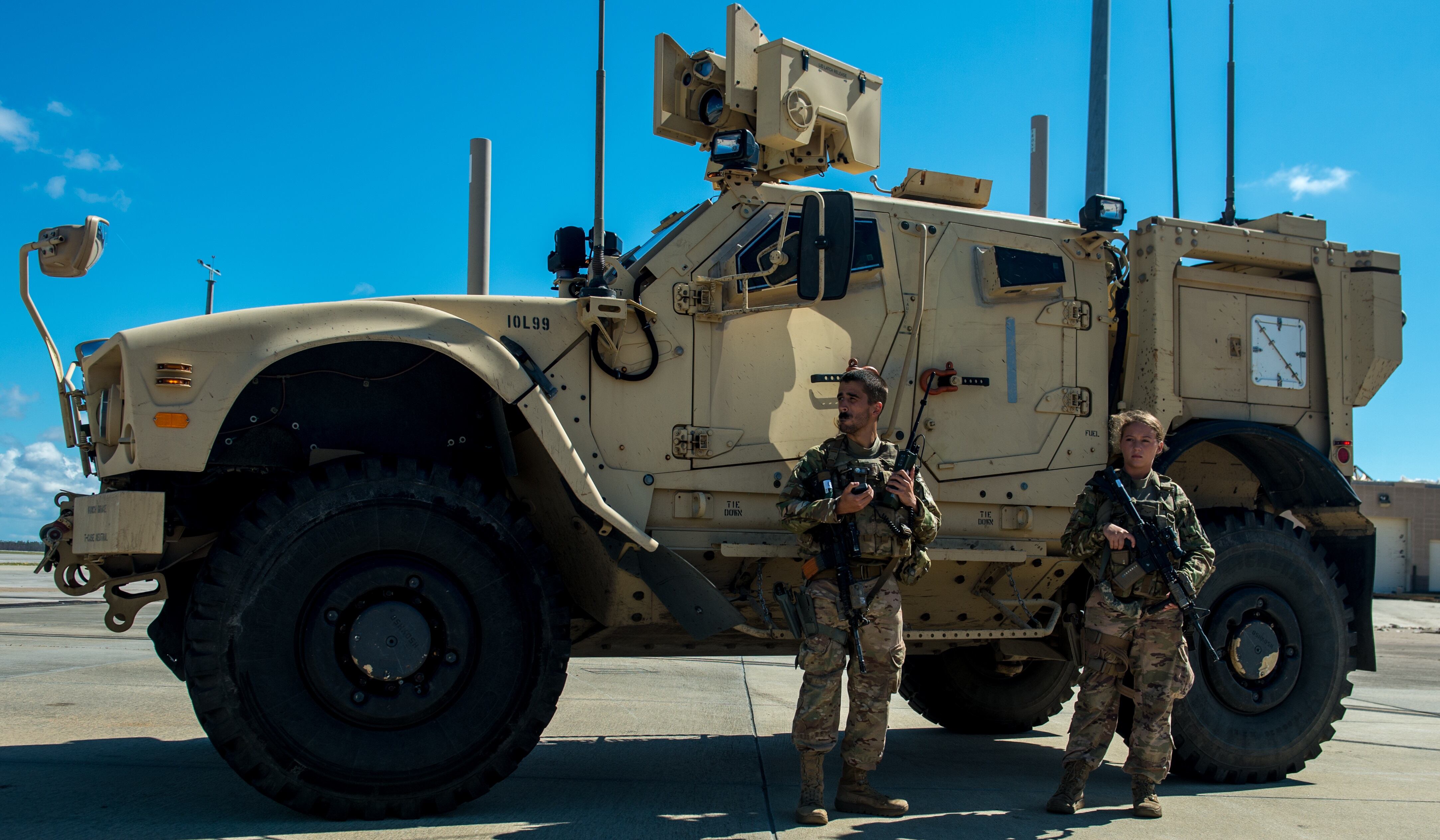
Tullos expects defenders to eventually have an unclassified portable electronic notebook with them on patrol to access maps and applications that help them plan routes, assess threats and drop pins on suspect activity.
“When we roll out the joint light tactical vehicle — which is our next vehicle system — they’ll have a supportable device receiving downlinks from overhead imagery," Tullos said.
“Our convoys will have the ability to see over the horizon and if they have to go encrypted or secure, they can do so,” she added. "They will be able to bounce back to a commercial backbone, a military backbone or a satellite communication.”
Those are the kinds of capabilities security forces airmen have downrange, but when they come back stateside, they are forced to use an entirely different system.
“We’re at a point where that no longer makes sense — both from the training angle and the costs associated with having two separate communication systems, but also from the standpoint that we can no longer say when we’ll need those increased capabilities," Tullos said.
No one knows how the great power competition will play out in the years ahead. But whatever comes, the Air Force’s base defenders aim to be ready.
Kyle Rempfer was an editor and reporter who has covered combat operations, criminal cases, foreign military assistance and training accidents. Before entering journalism, Kyle served in U.S. Air Force Special Tactics and deployed in 2014 to Paktika Province, Afghanistan, and Baghdad, Iraq.





